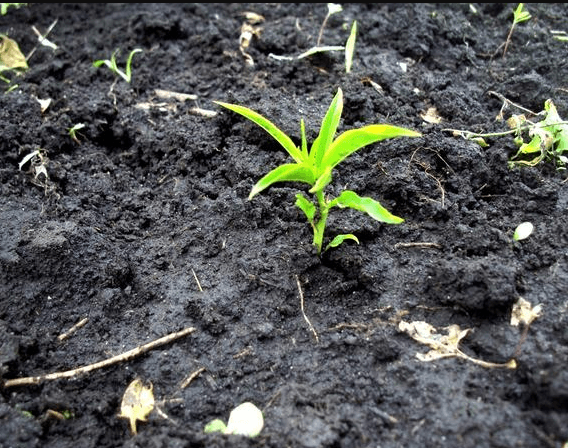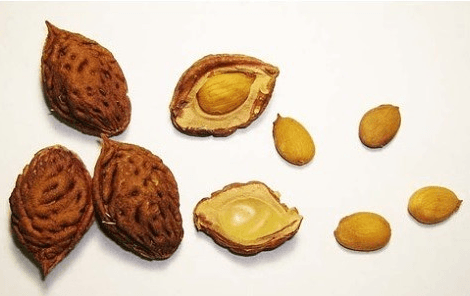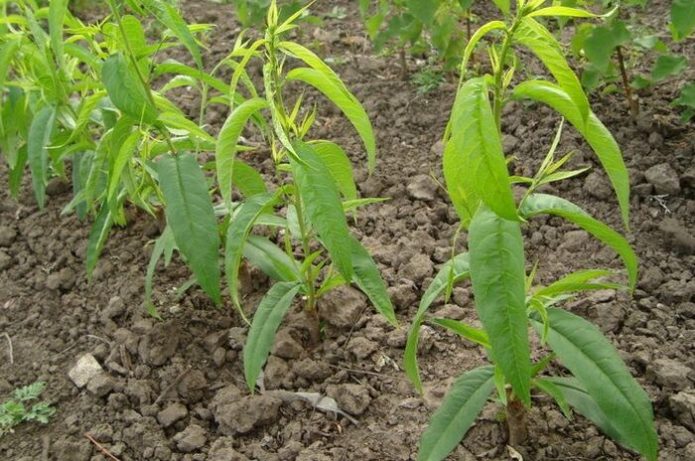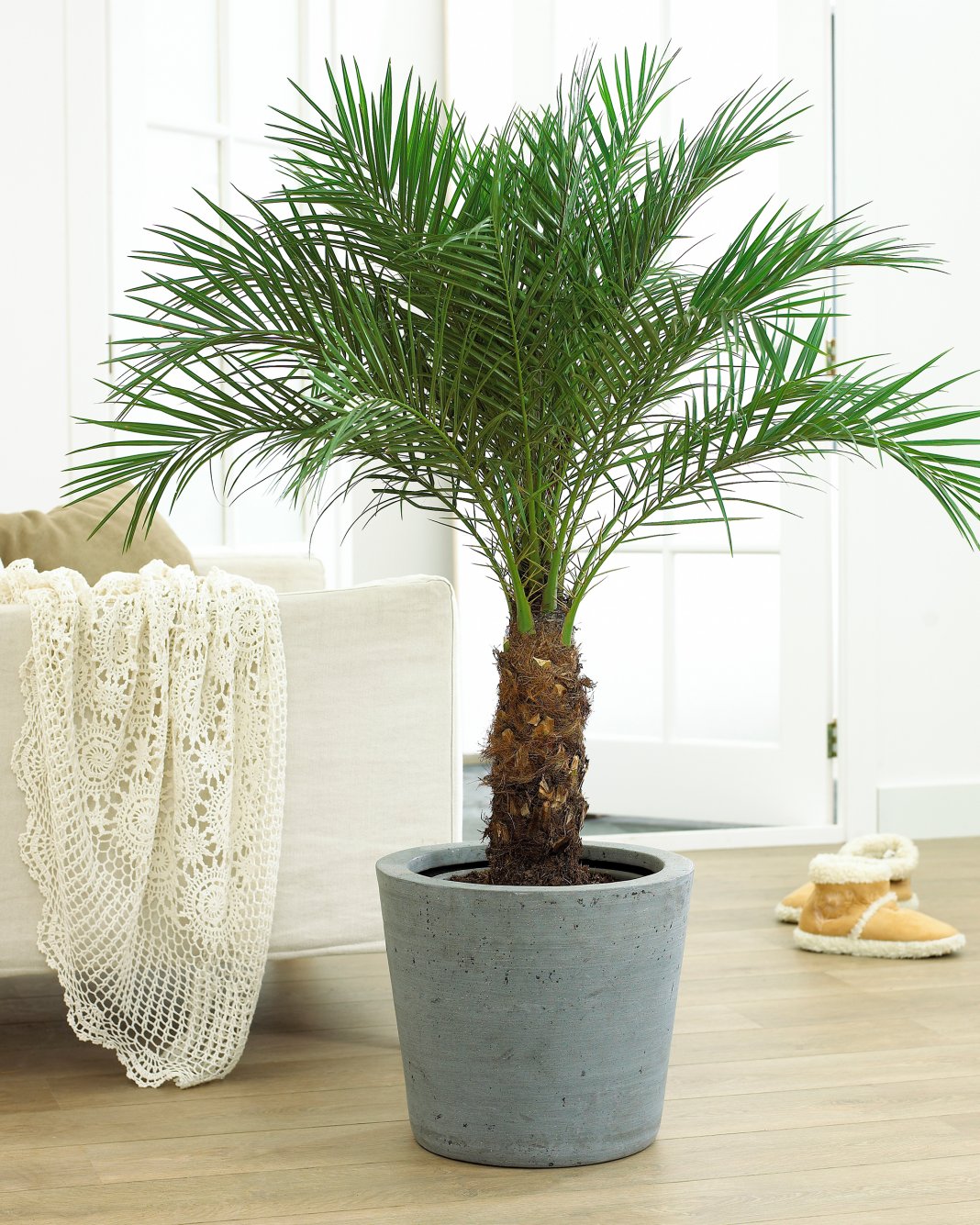There is a stereotype that it is impossible or very difficult to grow a tree from a seed: seedlings will not appear, and if they do, then the harvest will take ten years from them. This is true for some crops, but not for the peach. It grows beautifully from a seed, multiplies by self-sowing and begins to bear fruit already for 3-4 years.
Content
How seed-grown peaches bear fruit
The peach is fast-growing, you won't have to wait long for the harvest. However, be prepared for the seedlings not to replicate their maternal properties. If you took seeds from fruits brought from the south, and you yourself live in the middle zone, then the trees will grow more winter-hardy, the fruits will be tied smaller, but, most likely, delicious.
Video: a peach from a stone already with fruits
Siberians shouldn't expect their own pitted peach to withstand -40 ° C. At the genetic level, this culture will remain thermophilic, for which there is a limit of winter hardiness. Even when the temperature drops to -20 ° C, flower buds freeze. But do not despair, in the regions of risky farming, peaches are also grown, but in stanza form or they are formed in the form of a bush and wrapped in agrofibre for the winter. In the same way, they are protected in spring, during flowering, from recurrent frosts.
Ways of planting a peach bone
The whole difficulty in reproduction by a bone lies in it itself: its shells are very thick, it is difficult for delicate sprouts to break through such an obstacle. There are several ways to help seedlings to be born. Which one to choose depends on the time of the year outside the window and the quality of the seed: fresh or dried. In any case, you should not grow peaches for long in pots on the windowsill. Young plants should be in your climate as quickly as possible.
For growing peaches and nectarines in indoor conditions, special dwarf varieties have been bred.
Planting peaches with fresh pits in autumn, planting depth
Towards winter, without any stratification, seeds are sown freshly removed from the fruits. In the fall, peaches can be bought in the store or harvested from late varieties in the garden. Loosen the soil in the garden bed, make grooves, spill them and lay out the bones according to a 10x20 cm scheme.Fill with earth, cover for the winter with a thick layer of foliage, dry grass, spruce branches. In the spring, remove the shelter and wait for shoots. But not all bones may be viable, so do not count on 100 percent germination.
Take the seeds from ripe peaches, the fruits should be soft to the touch, easily pushed with your fingers.
Video: sowing peaches in open ground
Opinions differ as to the depth of peach pits. Some gardeners sow to a depth of 5–8 cm.Others only sprinkle them with a thin layer (0.5–1 cm), arguing that in nature no one buries bones, they fall to the ground, they are covered with foliage, in the spring everything germinates safely.
Both shallow and deep planting, peach seeds sprout. But many have already faced this problem: plants that have emerged from seeds planted deeply often die from a disease similar to a black leg. The fact is that during germination, the seed splits open, the sprout makes its way to the light, and the nucleoli are not protected in the damp earth, without access to air they rot. Rot passes to the root collar of a young peach, envelops it in a ring, nutrition from the root stops, the peach dies.
Video: the consequences of deep embedding of peach pits
Sowing dried bone in autumn and winter
It often happens that the bones were harvested in the summer from an early harvest or brought from the south, and they have been lying somewhere in the closet or closet since last year, dried up. In autumn they can be sown in the same way as fresh ones. But before planting, it is better to soak them for 8-10 hours in rainwater, and then keep them for another 3-4 days in wet sawdust, sand or a cloth so that the grains inside the seeds swell. After sowing into the ground before winter, the seed will be in natural conditions, as if it had just fallen from a tree, overwinter and germinate in spring.
If you remembered the seeds in winter, when the ground is already frozen and covered with snow, and you want to get peach seedlings in spring and summer, then for the seeds you will need to create the effect of changing the seasons artificially. Scientifically, this method is called stratification. On how to carry it out, the opinions of gardeners differ. There are two options that, judging by the reviews, were successful:
- Wrap the seeds in a wet napkin and keep in the refrigerator throughout the winter, checking and rinsing once a week.
- Place in wet sand and keep in basement for 3 months at + 5 ° C.
After stratification, in spring, the seeds are sown in the ground, the seedlings are protected from frost. And if the bones sprouted before the ground thawed, then they are sown in cups and kept on the windowsill or balcony.
Sowing a peach in spring with a kernel from a stone
This method can be used only in spring, but it is the surest and fastest. However, removing the nucleoli from the strong shells without damaging them is a difficult task. In the course are: bench vice, hammers, pliers. They try to push apart the leaves of the bones with a knife. All this is very dangerous not only for the nucleoli, but also for our fingers. But after several unsuccessful attempts, enthusiasts manage to extract the seeds. Of course, for this method you need to have a lot of them. In addition to the danger of mechanical damage, there are other reasons for the loss of germination beyond our control: the kernels inside may turn out to be empty, decayed, mummified.
If you managed to extract whole and unharmed kernels, then treat them as you would with regular seeds:
- soak in a rag for germination, and then sow using the same technology as the seeds;
- sow directly into the garden.
Keep the soil at the planting site moist, but do not flood, otherwise the seeds will rot. It is best to water the soil 1-2 days before planting, then loosen it, sow peaches and cover with mulch.
Video: planting a peach with a nucleolus
Seedling care in pots or cups
If sowing has to be done at home in cups, then use loose soil. You can mix your own garden soil with coarse sand, perlite, vermiculite or coconut fiber. The volume of the cups is 200-400 ml. There should be drainage holes in the bottom. It is not necessary to close up the bones deeply, only lightly sprinkle with earth. It is in apartment conditions that deeply embedded peach seeds most often rot. Cover crops with foil or glass and wait for shoots.
Transfer the appeared sprouts to a bright place. Provide them with natural conditions to the maximum: ventilation, drops in day and night temperatures. But in no case should peaches stand under a stream of cold and even frosty air. Always keep the soil moist and loose. Do not rotate or rearrange the cups. Place a marker on each side that faces the light. During planting, the seedling with this side should be oriented to the south.
Plant in open ground when the threat of frost has passed, because your peaches appeared in greenhouse conditions and are not yet adapted to live on the street. You can land earlier, but then you have to cover, build a greenhouse. For 7-10 days, harden the seedlings - gradually accustom them to the open sky.
Seedling care in the open field
Peaches that appear in the garden are more adaptable to low temperatures, but remain thermophilic. If you live in a region of risky agriculture: with late and cold springs, frequent and strong return frosts, then it is better not to risk and cover the seedlings at least at night, when freezing temperatures are expected. You will also need protection for seedlings in late autumn. It is advisable to wrap them up with agrofibre for the winter, cover the near-trunk circle with sawdust, foliage, and snow in the winter.
However, if you have sprouted a lot of seeds, then you can do selection: do not cover at all, then the most frost-resistant will survive. But this should be done within reason, remembering that peaches have a limit to cold resistance. Otherwise, you will be left without seedlings, and the experiment will have to start over.
Spring and summer care consists of replanting to a permanent place and watering. Choose a place that is sheltered from the winds and well heated by the sun. The south side of a building or a blank fence is ideal. Do not make irrigation holes around the stems, water will stagnate in them, the root collar will rot, you will lose the tree. Better to plant on a slope or mound, even if artificial. Water in the grooves dug around the periphery of the crown.
If the seedlings do not grow well, feed them. In the case of pitted peaches dear to your heart, it is better not to engage in amateur performances. Buy ready-made mixtures for the garden under proven brands: Fertika, BioMaster, Clean sheet. Please note that some fertilizers are produced for spring-summer, others for autumn. Follow the instructions.
If you follow all the rules, you will have peaches of your own selection, zoned for your region, in your garden. You can safely give them your own unique names. Be sure that there are no such varieties in any nursery in the world.
Peach propagates easily by seeds. Moreover, this culture is early-growing, and for fruiting it does not need vaccinations. You can sow in autumn and spring. Each season has its own way.







